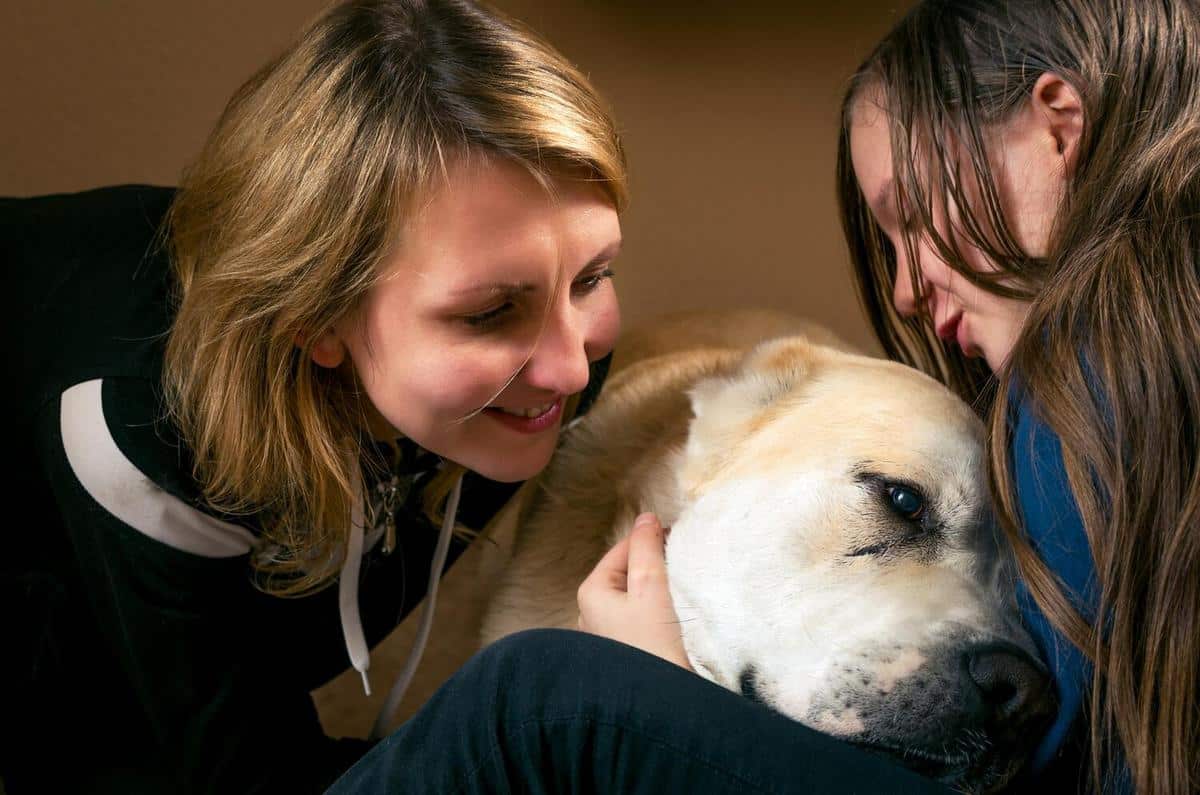
Tackling Separation Anxiety in Pets
Separation anxiety in pets can be a challenging and distressing experience for both animals and their owners. Understanding the reasons behind this behavior and how to manage it effectively is essential for ensuring a harmonious relationship with your furry friend.
Understanding Separation Anxiety in Pets
Separation anxiety is a common condition in pets, particularly dogs, characterized by distress and behavioral issues when left alone. According to the American Veterinary Medical Association, approximately 20-40% of dogs seen by veterinary behavioral specialists suffer from this anxiety.
Expert Insights
Dr. Karen Overall, a renowned veterinary behaviorist, suggests that separation anxiety is often linked to a lack of socialization during the early stages of a pet’s life. She emphasizes the importance of gradually acclimating pets to being alone, starting with short periods and slowly increasing the duration.
Signs of Separation Anxiety
- Excessive barking or howling
- Destructive behavior
- House soiling
- Pacing or panting
Personal Experiences
When my friend Alex adopted his dog, Max, he noticed that Max would become anxious every time he left the house. By implementing a consistent routine and using positive reinforcement, Alex was able to alleviate Max’s anxiety over time.
Effective Strategies to Manage Separation Anxiety
- Create a Safe Space: Designate an area where your pet feels secure with their favorite toys and bedding.
- Gradual Desensitization: Practice leaving your pet alone for short periods and gradually increase the time.
- Maintain a Routine: Consistency in feeding, walking, and playtime helps reduce anxiety.
- Engage with Interactive Toys: Use puzzle toys to keep your pet occupied while you’re away.
Comparative Table of Calming Aids
| Product | Type | Benefits | Considerations |
|---|---|---|---|
| Calming Spray | Aromatherapy | Natural ingredients | May not work for all pets |
| Thundershirt | Vest | Applies gentle pressure | Correct sizing is crucial |
| Chewable Supplements | Dietary | Promotes relaxation | Consult vet for dosage |
| Interactive Toys | Activity | Stimulates mind | Requires supervision |
| Calming Music | Audio | Soothes anxious pets | Volume control needed |
| Pet Camera | Monitoring | Tracks behavior | Requires internet |
| White Noise Machine | Audio | Drowns out outside noise | Placement is key |
| CBD Oil | Supplement | Reduces anxiety | Check legality |
Additional Resources
For more in-depth guidance, consider visiting veterinary behaviorist websites or checking out books on pet behavior. Online pet forums can also be a great place to share experiences and solutions with other pet owners.
Frequently Asked Questions
How long does it take to see improvement in my pet’s anxiety?
Improvement varies by pet; some may show progress in weeks, while others may take months.
Can medication help with severe cases?
In severe cases, consulting a veterinarian for medication options alongside behavior modification techniques is advisable.
Conclusion
Managing separation anxiety in pets requires patience, understanding, and a tailored approach. By implementing these strategies and seeking professional advice when necessary, you can help your pet feel more secure and content when left alone. Remember, a calm pet is a happy pet!


